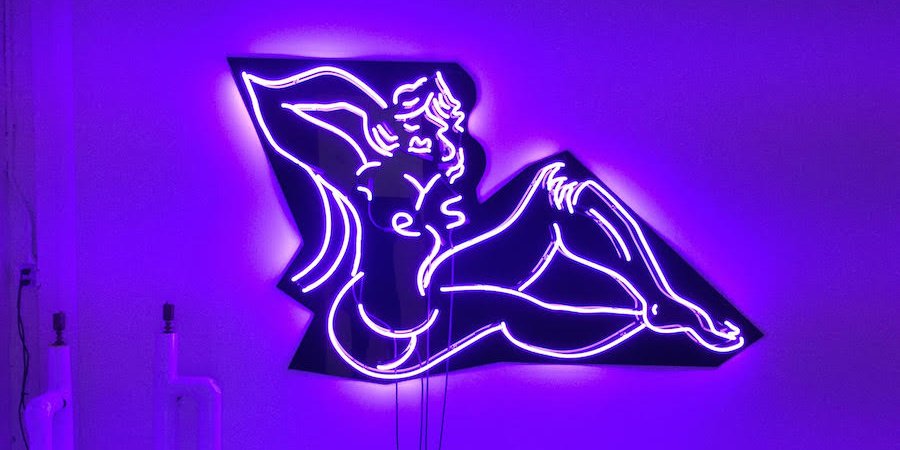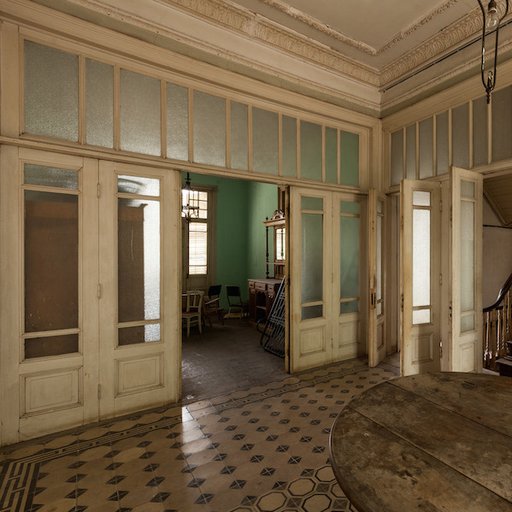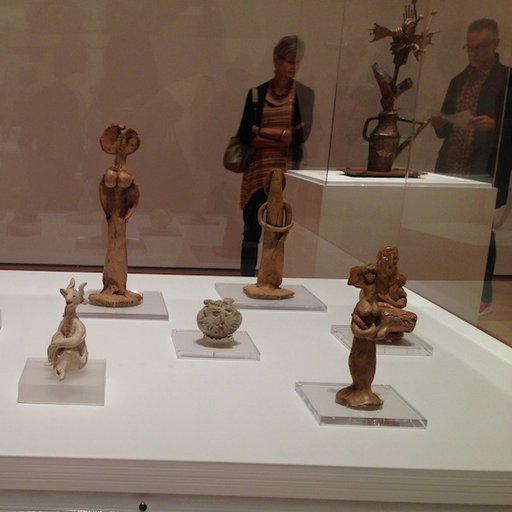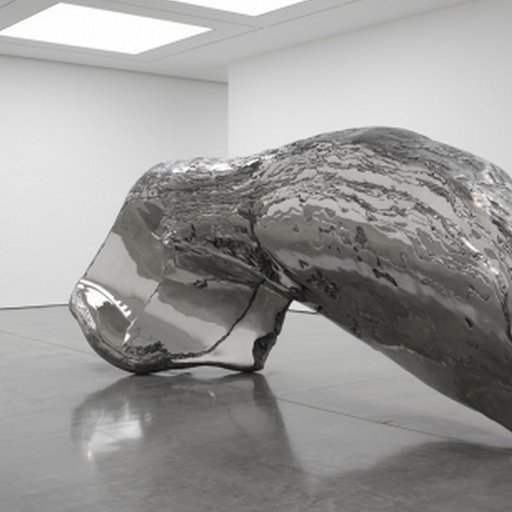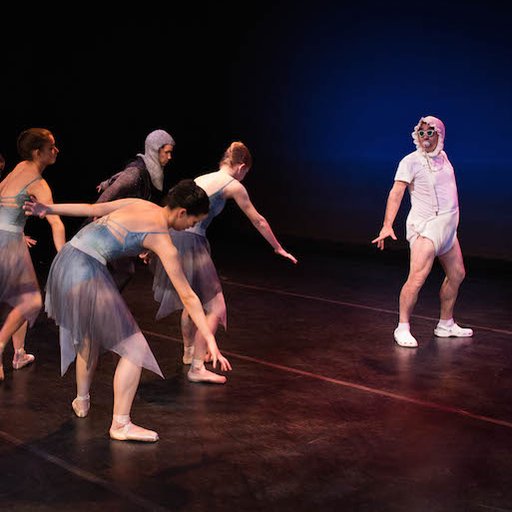Go figure. MoMA PS1's fourth edition of Greater New York has opened to an eager crew of critics waiting to pore over the material its curators—Peter Eleey, Mia Locks, "Pictures" guru Douglas Crimp, and rising MoMA star Thomas Lax—have found in their survey of the city's artists, and the clearest takeaway is that figuration is having a moment now.
Let's take a second to unpack that notion. On the one hand, it's ridiculous to say that figuration ever went anywhere—there have always been artists depicting people (a fairly sympathetic subject) throughout every period of recent art. But on the other hand art history, like any kind of history, is a series of dominant narratives, and there's no question that process-driven abstraction has been in the spotlight for the past few years, both curatorially and in terms of the market-driven Zombie Formalism vogue. Now, just as the prices for those zombies begin to plumment and curatorial interest moves beyond abstraction, the focus seems to be shifting to figuration. This is a trend we've seen brewing in the satellite art fairs and emergent galleries for a little while now, and Nicelle Beauchene's upcoming group show "Let's Get Figurative" (Oct. 15-Nov. 15) seems perfectly timed to catch the wave.
In Greater New York, what we see is a kind of figuration malgre lui, where body parts float to the surface in otherwise abstract painting and portraits show the human form distended, frisky, or otherwise agitated. Painters aren't the only ones getting in on the action—photographers and sculptors here are also exploring the body is various ways, always askance but with the figure unmistakably as the subject. Fashion has a strong presence in the show as well, with the nonfunctional or unrealized works of Ekhaus Latta and Susan Cianciolo, for instance, reminding us that New York is a fashion capital.
The artists in the show represent a melange of generations, with new work rubbing up against historical examples of vigorous art from other periods, like the Goltzius-meets-Frazetta fantasies of the late Lebbeus Woods. (As many critics will surely point out, the 1970s are something of an obsession in this show, particularly where it comes to explorations of urbanism, another trend.) But, in the wake of the paranoid post-body speculations of the New Museum Triennial, the way the curators incorporate the figure across time and medium provides abundant food for thought. Here's a broad compilation of germane works from the show.
— PAINTINGS —
JAMIAN JULIANO-VILLANI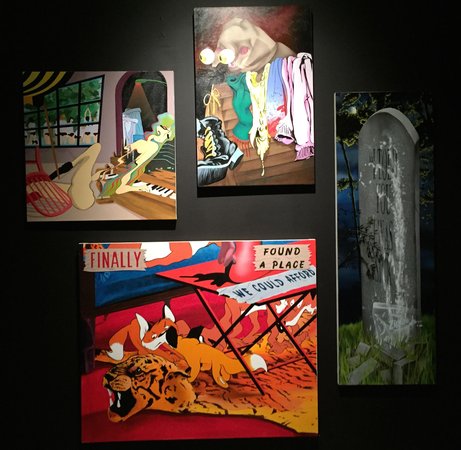
WILLIAM VILLALONGO
GREG PARMA SMITH


JOHN FINNERAN
ROBERT KUSHNER

MIRA DANCY 

ROBERT BORDO
LEBBEUS WOODS
— SCULPTURE —
TONY MATELLI
RED GROOMS
SAM ANDERSON
MARY BETH EDELSON
ELIZABETH JAEGER
JUDITH SHEA
HAYLEY SILVERMAN
EKHAUS LATTA

SUSAN CIANCIOLO
SLOW AND STEADY WINS THE RACE

PARK MACARTHUR
— PHOTOGRAPHY —
DEANA LAWSON
STEWART UOO
JIMMY DE SANA












